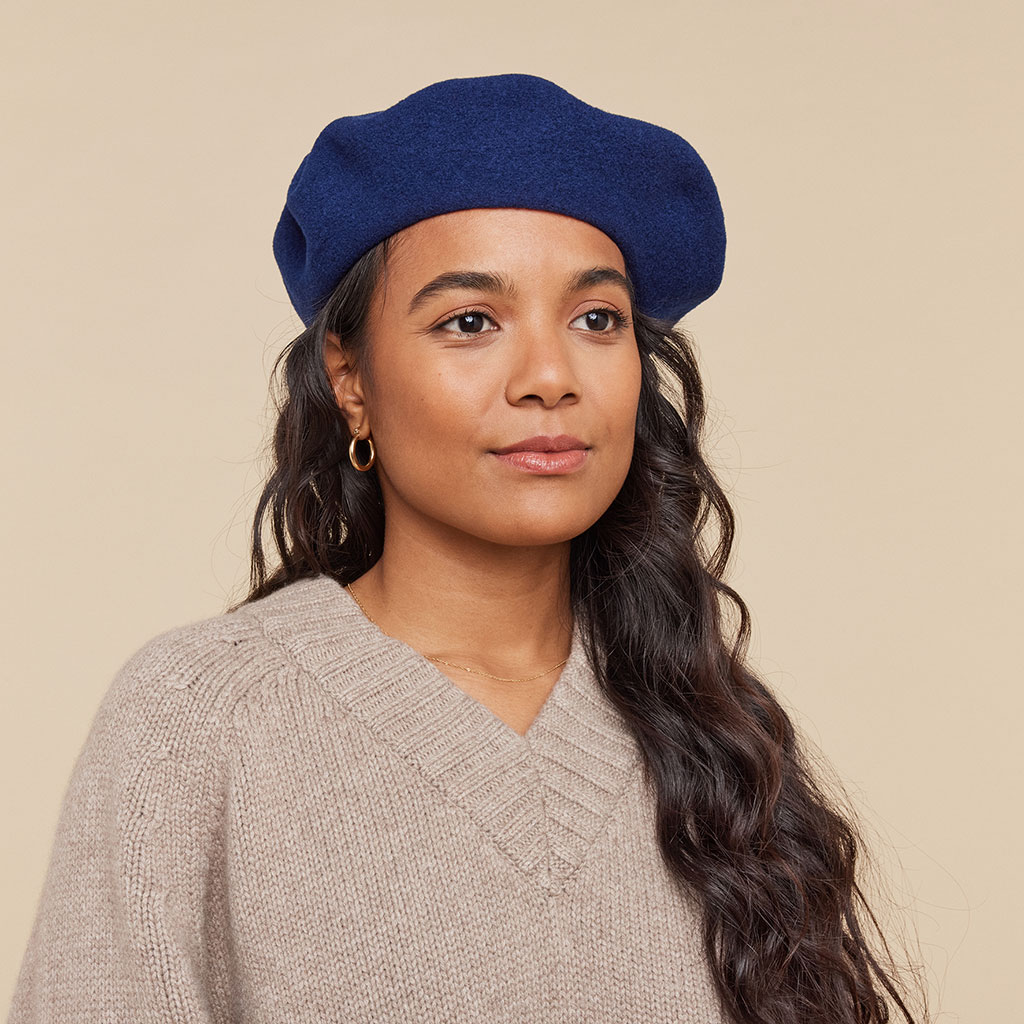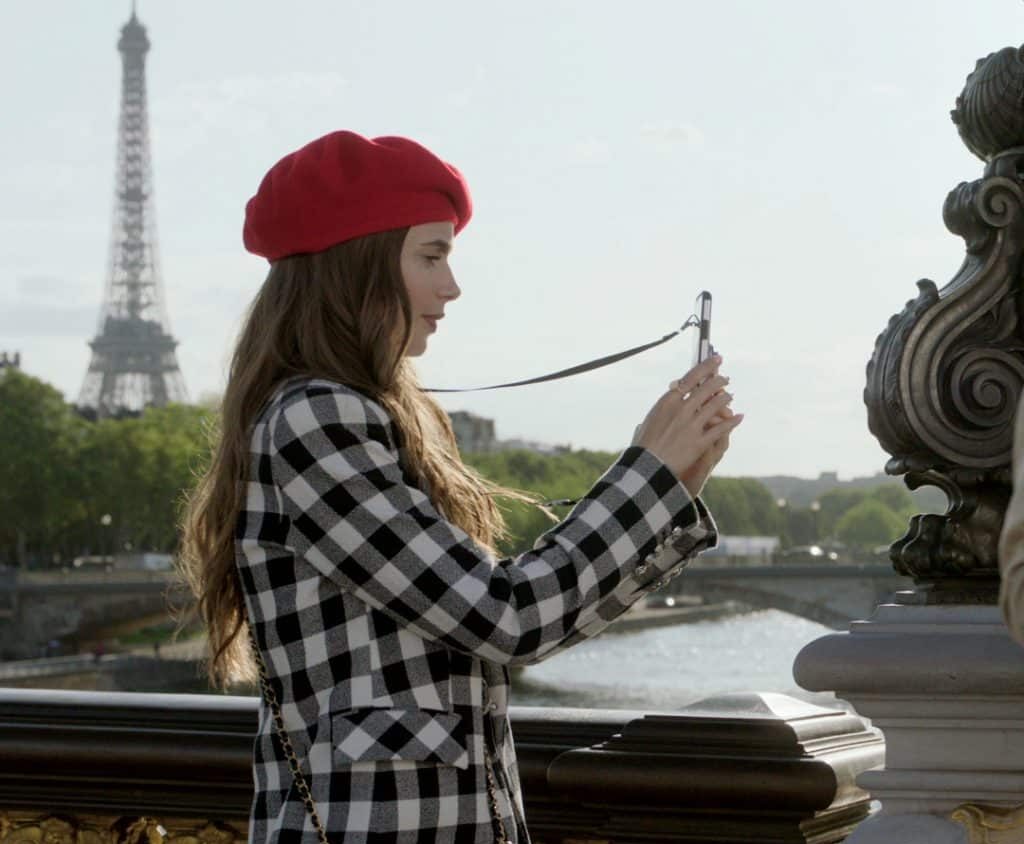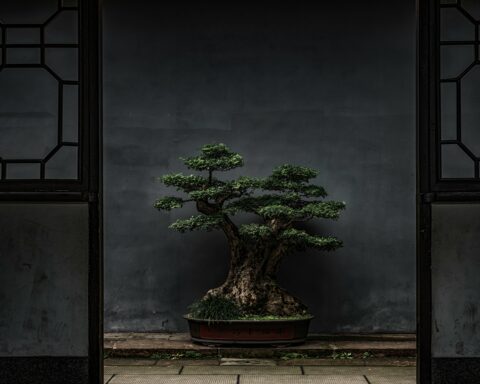It is one of France’s emblems, adored by tourists when they visit the capital. Between tradition and fashion, the beret hides a long history in its hat. Here’s a look at a piece that hasn’t lost any of its superb appeal.
This soft felt or knitted and felted wool hat is circular, flat, waterproof and easy to store, and has its origins in Béarn. Situated in the very south-west of France, the region enjoys an idyllic location between the Basque Country and the Pyrenees. The name beret comes from the Béarn language, berret meaning bonnet in old Occitan. In 1835, the term was first used in French to mean ‘a flat, rimless woollen headdress worn by local peasants’. Even though the shape of the beret could date back hundreds of years, finding similarities with pieces from Antiquity and the Middle Ages, Béarn claims to be the father of this hat and values the traditional know-how that goes into it.
Voir cette publication sur Instagram
The icon of a region
As well as its practicality and protection against the cold, rain and wind, the beret is distinguished by its wide variety of colours, which have varied over time. Depending on the region and the communities in the Pyrenees, the headgear has taken on shades of ecru, then white, but also brown, blue or even red. From the beginning of the last century, civilian berets became more black. At the same time, red remains the symbolic shade for festivities in the Basque Country, on both the French and Spanish sides.
Voir cette publication sur Instagram
In addition to its very traditional use in the countryside and mountains and its heritage value during the férias, the beret was distributed to many soldiers during the Second World War. After the war, it became the official headgear of the French Army. Once again, its colour was used to distinguish the regiments, such as green for the Foreign Legion and red for the parachutists.
Voir cette publication sur Instagram
Berets were also worn by schoolchildren until the middle of the 20th century. Very popular at the time, the hat was at the heart of fun sports such as the beret game.
Voir cette publication sur Instagram
At the time, the main manufacturers remained local. Today, only three workshops in the Béarn region continue to make tricoloured berets: the historic Laulhère and the more recent La Manufacture des Bérets and Le Béret Français.

First steps in fashion
But the beret was not confined to the Franco-Spanish border, or to the Army, or to the provinces and schools. The beginning of the 20th century also marked its arrival in the world of fashion. From 1920-1930, it was not unusual to see artists, poets, writers, singers and actors adopting it. Michèle Morgan, Greta Garbo, Brigitte Bardot, Yves Montand, Pablo Picasso, Edith Piaf, Bourvil, Arletti… Many celebrities wore the beret and helped to make it popular.
Voir cette publication sur Instagram
This marked an important turning point in the history of the hat. It entered the fashion houses, notably under the impetus of Coco Chanel. Subsequently, Dior, Saint Laurent, Louis Vuitton, Dolce & Gabbana and Gucci also wore berets on their models.

Discreet, customisable and chic, the beret has gone from everyday wear to a must-have fashion accessory. From Beyoncé and Cameron Diaz to Penelope Cruz, Lady Diana and Megan Markle, not forgetting Diane Kruger, Bella Hadid and Jennie from Blackpink, all the top celebrities have adopted this famous headgear at one time or another.

In recent years, the beret has once again returned to centre stage thanks to Emily in Paris. Following the new life of an American executive who has just arrived in a luxury marketing agency in Paris, the hit series on Netflix glamorises this stereotypical French representation around the baguette and the beret. One of the series’ star images is Emily Cooper, played by Lily Collins, wearing a red beret on a Parisian terrace.
Read also > The short history of… Monoï
Fearuted photo: © Screenshot Emily in Paris















